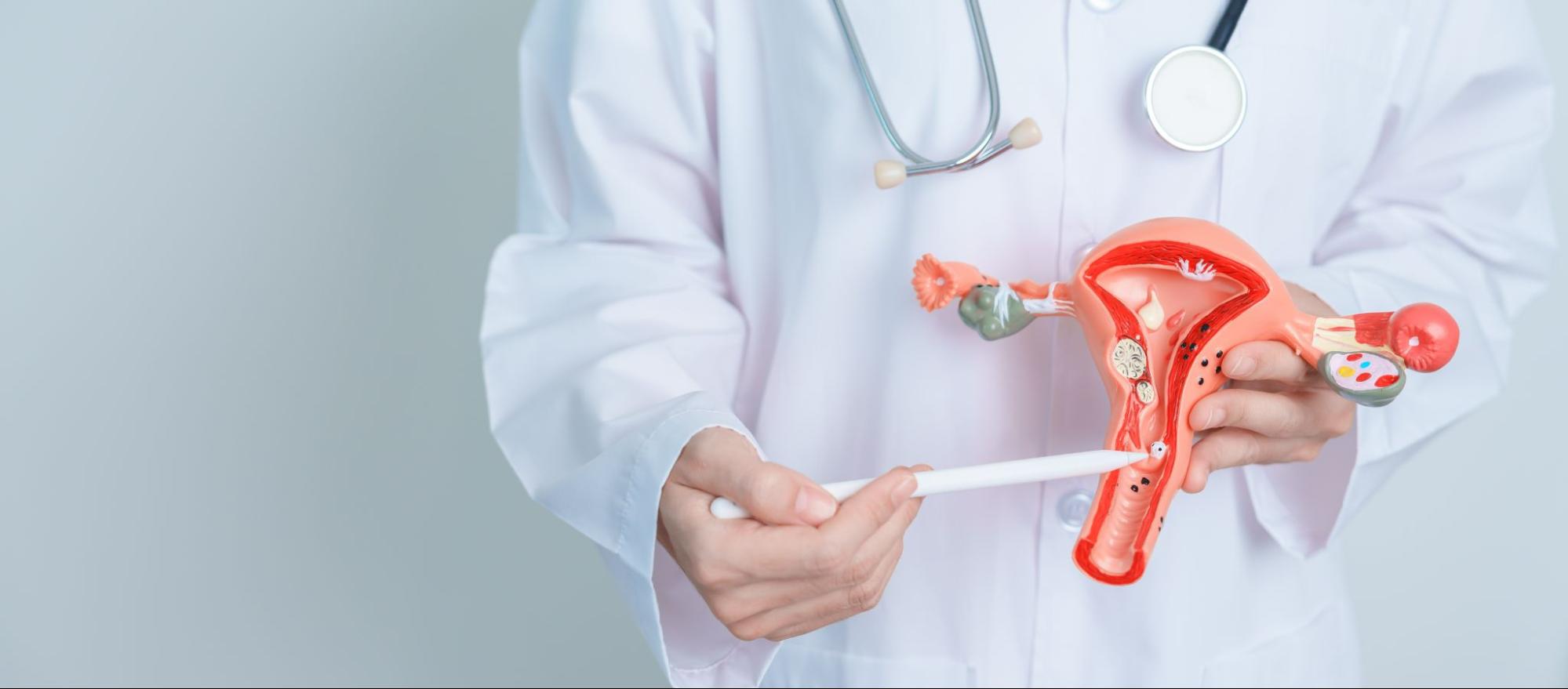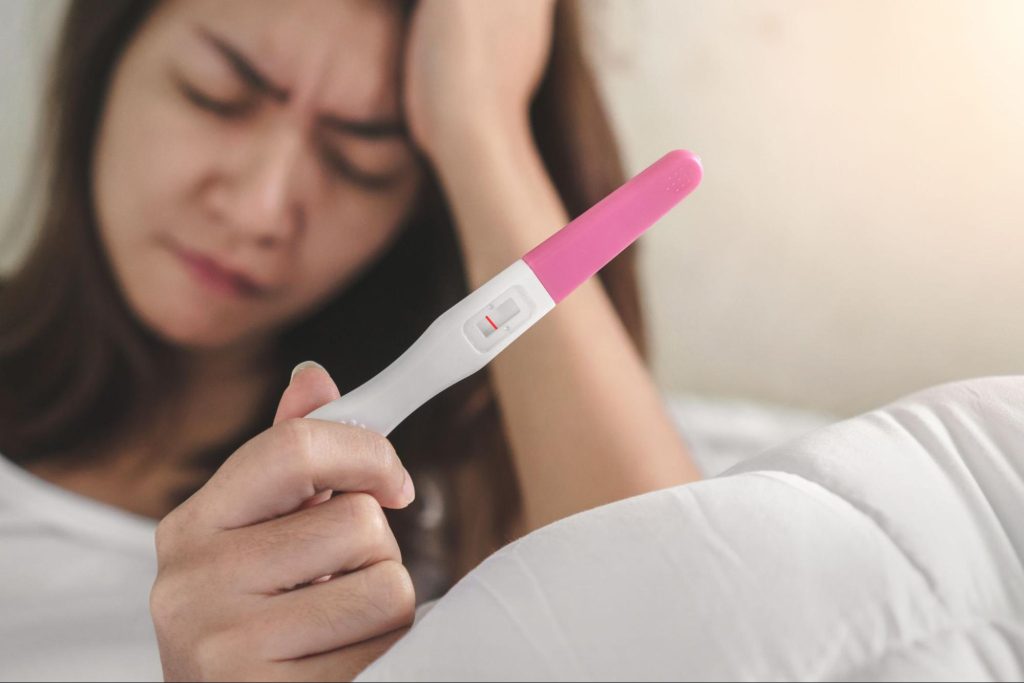uterine artery embolization
Improving Quality of Life for Women: Uterine Fibroid Embolization as a Transformative Treatment

by admin
27th September 2023
8 minutes read
Introduction
Uterine fibroids, also known as uterine leiomyomas or myomas, are non-cancerous growths that develop in the uterus during a woman’s reproductive years. They are the most common benign tumors found in women and can vary in size and location within the uterine wall. While many women may have fibroids and experience no symptoms, others can suffer from a range of disruptive and distressing effects. These symptoms may include heavy or abnormal uterine bleeding, pelvic pain, and pressure, which can severely impact a woman’s quality of life. Fortunately, several treatment options are available, and one of the most promising and minimally invasive options is Uterine Fibroid Embolization (UFE). This article explores how UFE can improve the quality of life for women suffering from uterine fibroids and why it is gaining popularity as an effective treatment method.
Understanding Uterine Fibroids: Causes and Symptoms
Before delving into UFE as a treatment option, it is essential to understand uterine fibroids and their impact on women’s health. Fibroids can vary in size, ranging from small, barely noticeable growths to larger ones that can expand the uterus significantly. Although the exact cause of fibroid development remains unclear, several factors contribute to their formation. These may include hormonal imbalances, genetic predisposition, and estrogen and progesterone levels. Additionally, other secondary factors, such as obesity and race, may influence fibroid growth.
The symptoms experienced by women with fibroids can be diverse and distressing. Common symptoms include:
- Heavy or abnormal uterine bleeding: Women may experience prolonged or heavy menstrual periods, leading to anemia and fatigue.
- Pelvic pain and pressure: Fibroids can cause discomfort, pelvic pain, and a sensation of pressure in the lower abdomen and back.
- Pain during intercourse: Some women may experience pain or discomfort during sexual intercourse due to the presence of fibroids.
- Urinary and bowel issues: Large fibroids can press against the bladder or rectum, causing frequent urination or constipation.
- Abdominal swelling: Women with large fibroids may notice an enlargement of their lower abdomen.
- Infertility and pregnancy complications: In some cases, fibroids can interfere with conception and lead to complications during pregnancy.
Uterine Fibroid Treatments: Traditional Approaches

For many years, hysterectomy (removal of the uterus) was the standard treatment for uterine fibroids, especially for women with severe symptoms or who no longer desired to have children. However, hysterectomy is a major surgical procedure and comes with potential risks and long-term consequences, such as the loss of fertility and hormonal changes.
Other traditional treatment options for uterine fibroids include myomectomy (removal of the fibroids while preserving the uterus) and hormone therapy. Myomectomy is a more conservative option, but it still involves surgery and the potential for fibroids to reoccur. Hormone therapy may provide temporary relief of symptoms, but it does not treat the underlying fibroids and may have side effects.
Uterine Fibroid Embolization (UFE): An Innovative Approach
In recent years, Uterine Fibroid Embolization (UFE) has emerged as a less invasive and highly effective alternative to surgery for treating uterine fibroids. UFE, also known as Uterine Artery Embolization (UAE), is a minimally invasive interventional radiology procedure that aims to shrink fibroids and alleviate symptoms while preserving the uterus.
The UFE procedure involves the following steps:
1. Pre-procedure assessment:
A thorough evaluation is conducted to assess the size, number, and location of fibroids using imaging techniques like MRI or ultrasound. This step ensures that the patient is a suitable candidate for UFE.
2. Anesthesia:
UFE is typically performed under conscious sedation or general anesthesia, depending on the patient’s preference and the doctor’s recommendation.
3. Catheter insertion:
A small incision is made in the upper thigh, and a catheter is inserted into the femoral artery. Through image guidance, the catheter is navigated to the uterine artery, which supplies blood to the fibroids.
4. Embolization:
Tiny particles, usually made of a material called polyvinyl alcohol (PVA), are injected through the catheter into the uterine artery. These particles block the blood flow to the fibroids, causing them to shrink and eventually die.
5. Recovery:
After the procedure, patients are usually monitored for a few hours before being discharged. The recovery time is relatively short, with most women able to return to normal activities within a week or two.
Benefits of Uterine Fibroid Embolization
UFE offers several significant advantages over traditional surgical approaches for treating uterine fibroids:
- Non-surgical and minimally invasive: UFE is performed through a small incision, eliminating the need for major surgery and reducing the risk of complications and infection.
- Preserves the uterus: One of the most crucial benefits of UFE is that it preserves the uterus, allowing women to retain their fertility and hormonal balance.
- Shorter recovery time: Compared to surgery, the recovery period after UFE is much shorter, enabling women to resume their daily activities and work sooner.
- Reduced risk of complications: UFE has a lower risk of complications compared to surgical procedures like hysterectomy or myomectomy.
- Effective symptom relief: UFE has been shown to significantly reduce symptoms such as heavy bleeding, pelvic pain, and pressure in the majority of women.
- Multiple fibroid treatment: UFE can address multiple fibroids simultaneously, even if they are of different sizes or in various locations within the uterus.
- Potential for fibroid recurrence: UFE has a lower recurrence rate compared to myomectomy, making it a more durable solution for fibroid treatment.
Case Studies and Research Findings
Several studies have demonstrated the effectiveness and safety of UFE for treating uterine fibroids. For example, a study published in the New England Journal of Medicine in 2007 found that UFE provided long-term symptom relief, with 85% of patients experiencing substantial improvement or complete resolution of their symptoms.
Another study published in the American Journal of Obstetrics and Gynecology in 2013 compared the outcomes of UFE and myomectomy. The study concluded that both procedures were effective in treating fibroids, but UFE had a lower complication rate and shorter hospital stay, making it a more favorable option for many women.
Additionally, a systematic review and meta-analysis published in CardioVascular and Interventional Radiology in 2016 found that UFE had a clinical success rate of 85-90%, with low rates of major complications.
Patient Testimonials
Real-life experiences of women who have undergone UFE further highlight the positive impact of the procedure on their quality of life. Many women have reported a significant reduction in symptoms and a return to their normal daily activities after recovering from the procedure. Testimonials often mention improved emotional well-being, better sleep, increased energy levels, and enhanced overall life satisfaction.
Conclusion
Uterine fibroids can significantly impact a woman’s quality of life, leading to various distressing symptoms and affecting her physical, emotional, and social well-being. However, with advancements in medical technology, Uterine Fibroid Embolization (UFE) has emerged as a transformative treatment option for women suffering from uterine fibroids.
UFE offers a minimally invasive alternative to traditional surgical approaches, allowing women to preserve their fertility and hormonal balance while experiencing effective symptom relief. Numerous studies and patient testimonials support the efficacy and safety of UFE, making it a promising option for women seeking to improve their quality of life and regain control over their health.
As awareness about UFE grows, more women may find relief from the burdensome symptoms of uterine fibroids, allowing them to lead fulfilling and active lives without the constraints of this common yet challenging condition.
How Can Medfin Help?
Medfin is a daycare surgery expert providing access to the latest surgical procedures and top doctors in your city at affordable prices. Medfin provides you access to top doctors and surgeons with 10+ years of experience. With Medfin, you can leave your hassles behind and focus on your health. From instant consultations to paperwork assistance, we have got you covered with everything. So why wait? Call us today!
FAQs
1. What is the success rate of Uterine Fibroid Embolization?
The success rate of UFE varies, but it is generally reported to be around 85-90%. Many women experience significant symptom relief and improvement in their quality of life after the procedure.
Most women with symptomatic fibroids are suitable candidates for UFE. However, a thorough evaluation by a healthcare professional is necessary to determine if UFE is the right Uterine fibroids can be diagnosed through pelvic exams, ultrasound, MRI, or hysteroscopy. A healthcare provider may conduct these tests to assess the size, number, and location of fibroids.
treatment option for an individual patient.
No, UFE is not a surgical procedure. It is performed through a small incision and does not require the removal of the uterus. This allows women to preserve their fertility and hormonal balance.
Yes, UFE can address multiple fibroids simultaneously, even if they are of different sizes or in various locations within the uterus.
CATEGORIES
- ACL Reconstruction
- Anal Fissures
- Anal Fistula
- Appendicitis
- ASK A DOCTOR
- Benign Prostatic Hyperplasia
- Breast Lump Excision
- Cataract
- Circumcision
- Conditions & Diseases
- Cosmetology
- Covid-19
- Cure
- Endocrinology
- ENGLISH VIDEOS
- Eye Care
- Gallstones
- General Surgeries
- Government Schemes
- Gynaecology
- Gynecomastia
- Gynecomastia
- Health
- Health Insurance
- Hernia
- hindi
- Hip Arthoscopy
- Hip Replacement
- Hip Replacement Surgery
- Hydrocele
- Kannada
- Kidney Stones
- Knee Arthroscopic
- Laparoscopic
- LASER
- Latest Treatments
- Lifestyle
- Liposuction
- Medfin Stories
- Medicine
- Nephrology
- Ophthalmology
- Orthopaedic
- Paraphimosis
- Patient Testimonials
- PCL Reconstruction
- Phimosis
- Piles (Hemorrhoids)
- Pilonidal Sinus
- Proctology
- Prostate Artery Embolization
- Rhinoplasty
- Second Opinion
- Total Knee Replacement
- Uncategorised
- Urology
- uterine artery embolization
- Uterine Fibroids
- Varicocele
- Varicose Veins
- Vascular
- VIDEOS






